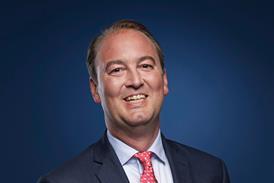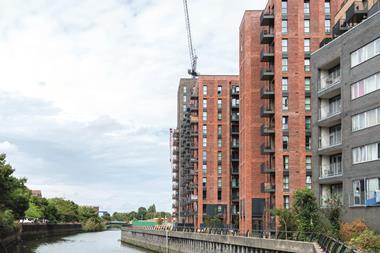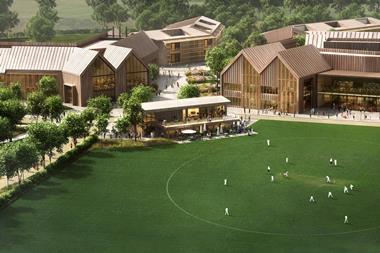We are witnessing a golden age for life sciences, with the sector boosted by enhanced funding, social necessity and government policy.

This increased scale, coupled with a changing mindset among science occupiers, is influencing commercial office development, as well as the character of our city centres.
The science-tenant market has shifted in recent years. Science and technology occupiers, which traditionally favoured out-of-town science parks, are now also looking to occupy central city locations. Bustling city centres offer opportunities to forge links with supportive businesses and institutions; it is then for the design to ‘glue’ these parts together with spaces that encourage the convergence of different skillsets and support the forming of symbiotic relationships.
The science occupier also wants its HQ – through design and location – to be a magnet for the best talent, with a city centre location allowing the company to be part of city life.
This means that commercial developers want to cater for parts of the science market by creating ultra-flexible office buildings that can accommodate some science tenants, either with new-build developments or by retrofitting an existing asset. Often the key challenges in achieving this level of flexibility are determined by the building frame and by servicing access and the M&E strategy.

The building frame for science tenants needs to be stiffer compared with other building types, limiting vibrations to create precise conditions for scientific discovery. Meanwhile, the M&E strategy needs to cater for between six and 12 air changes an hour, a considerable uplift when compared with a non-science workplace. These are unpacked in more detail in a recent British Council for Offices study that we contributed to alongside 3PM, Hoare Lea, Turner & Townsend and Ramboll, entitled ‘Who is the science occupier?’.
Not all scientific disciplines can be catered for by flexible office buildings, but the new relationship forming between the commercial workplace and the science occupier is pushing flexibility to its limits. It is also highlighting how silos are being broken down and sectors are converging in the built environment.
Eugene Sayers is partner at Sheppard Robson






























No comments yet